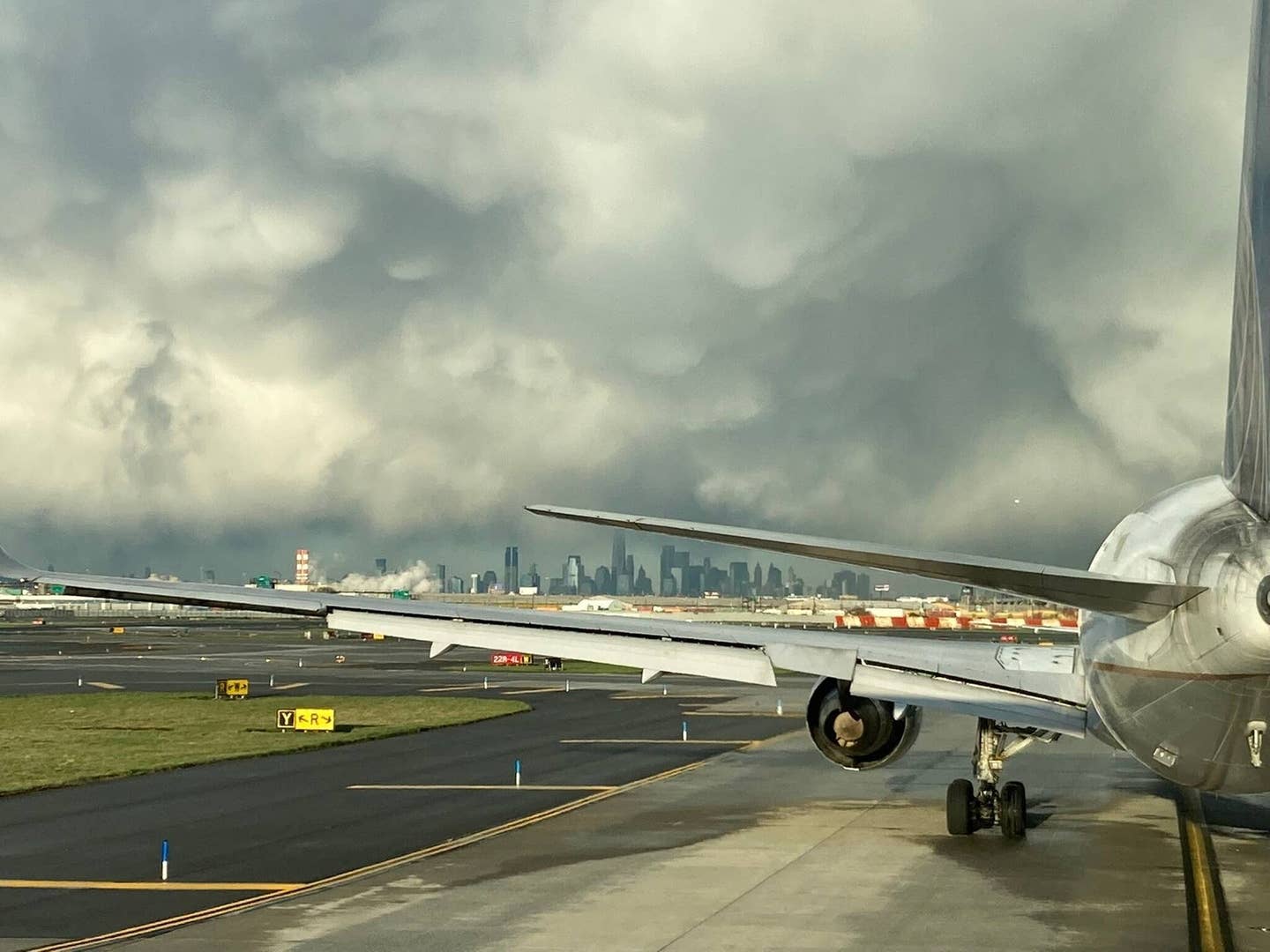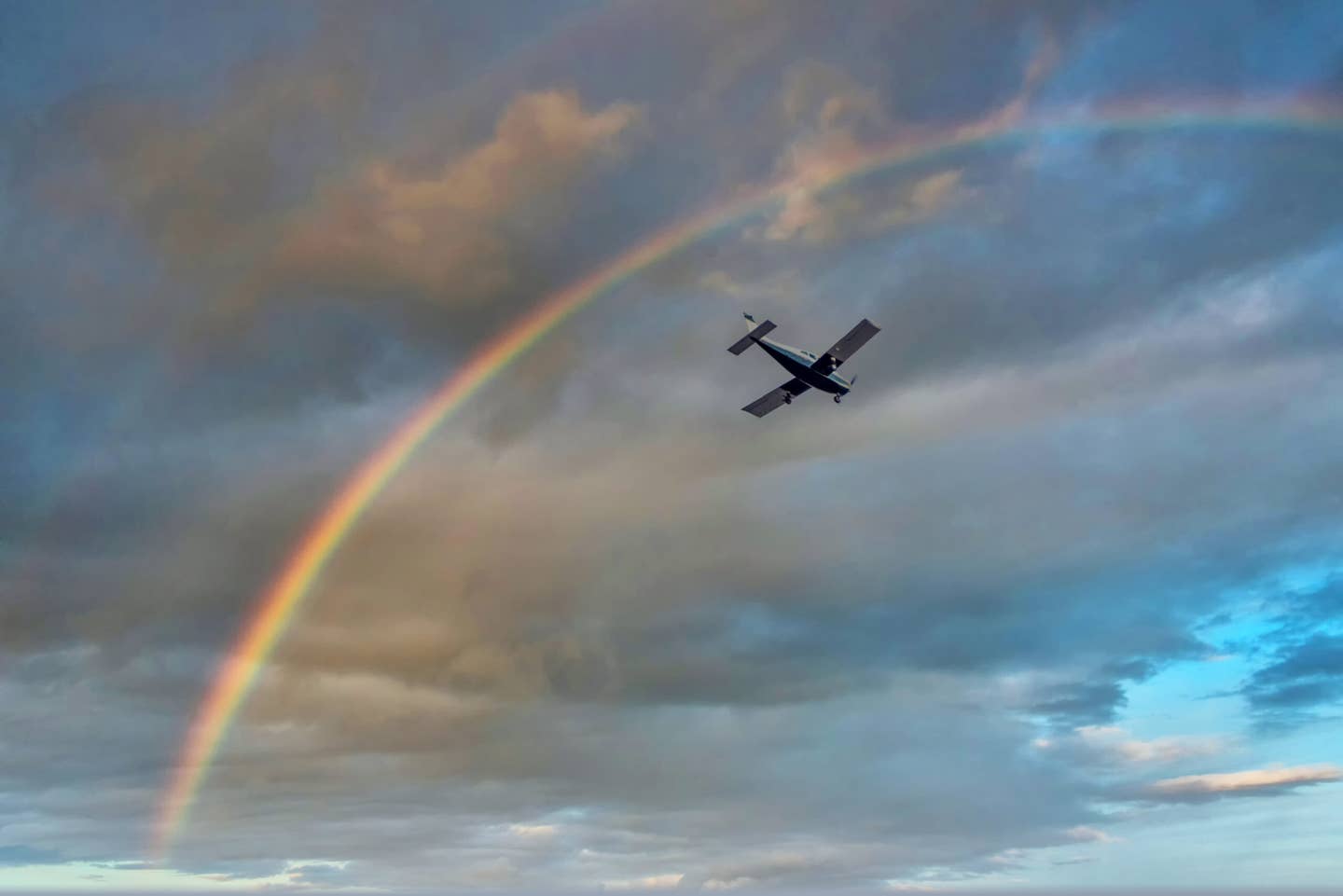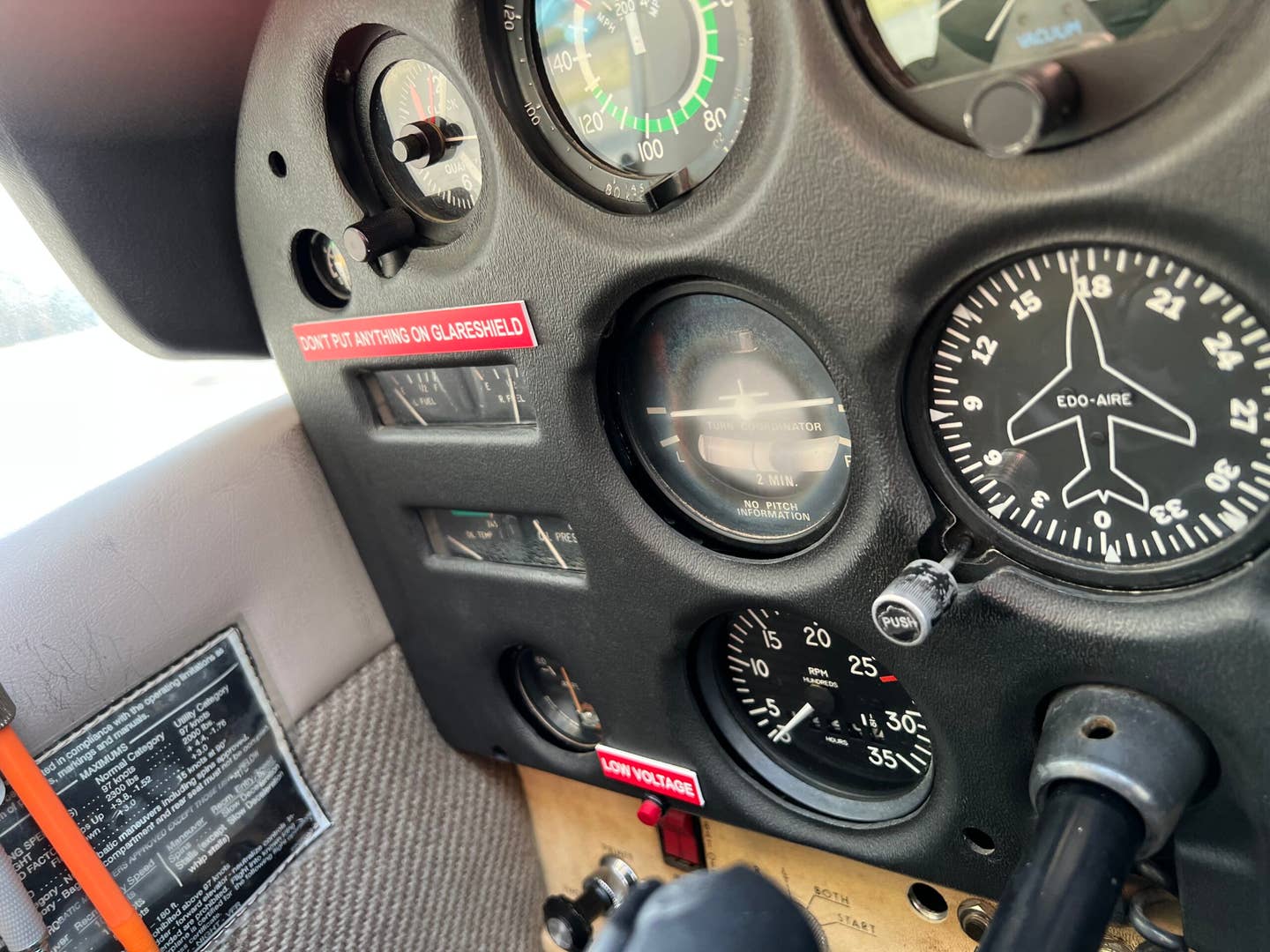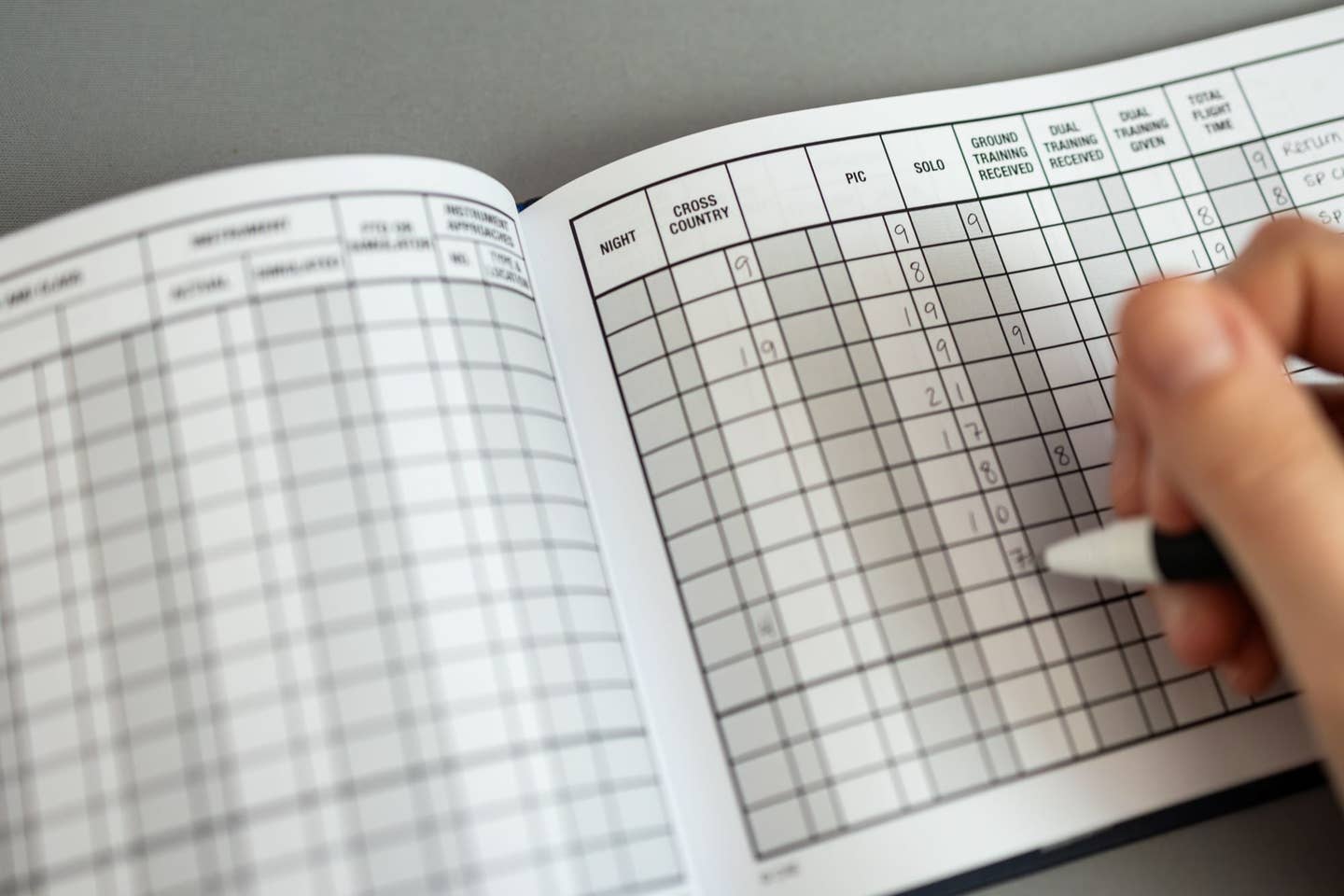
Following departure procedures is key to
ensuring a safe start for every flight.
In general, instrument-rated pilots do a good job of assembling all the information they’ll need to complete a flight as safely and efficiently as possible. They’ll diligently study approach procedures, weather forecasts, fuel minimums, runway lengths, alternates, and notams – in short, all the things we pilots should be considering before every flight, whether we’re flying IFR or VFR.
But what about the departure, especially a departure from an unfamiliar airport? How often do you look up the published departure procedure for a given airport before blasting off into the clear blue sky – or worse, into a not-so-clear-blue sky?
The answer should be every single time. But over the years, a number of fatal accidents have been attributed to controlled flight into terrain after pilots received their instruments clearances, took off, turned on course and hit the side of a mountain – despite clear guidance to adhere to special instructions.
Instrument departure procedures exist to provide obstruction clearance during that dangerous flight segment while transitioning from the terminal area to the start of the en route structure. Sure, DPs can also help reduce delays at busier airports, but their primary function is to keep you from running into anything before reaching your minimum en route altitude.
Maybe the reason some pilots neglect to check takeoff minimums and departure procedures has to do with the fact that they’re published separately from approach procedures -- in the front of U.S. Terminal Procedures books or, if you’re an iPad user, under a separate menu. Also, because they’re so numerous, they’re written in tiny type that can be a chore to read. And sometimes they don’t provide the pilot with all the information he or she needs to fully understand what a given procedure demands.
For example, the departure procedure from Brandywine Airport (KOQN) in West Chester, Pennsylvania, calls for a minimum climb of 240 feet per nautical mile until reaching 700 feet AGL. If you haven’t committed it to memory or can’t do the math, you’ll have to flip to the Rate of Climb Table to determine your initial minimum climb rate. You probably figure you can easily out climb the terrain in southeast Pennsylvania, but did you know that’s exactly where one of the CFIT accidents mentioned above happened? (As an aside, looking up the departure procedure for KOQN using the ForeFlight Mobile app on my iPad required 14 button presses, and that was after navigating to the proper airport page. Try it if you don’t believe me.)
In the FAR/AIM, the FAA recommends pilots practice IFR procedures even when flying VFR as a way to maintain proficiency. Most of the time we take this to mean flying under the hood with a safety pilot and shooting practice instrument approaches, but adhering to published departure procedures can and should be a part of this routine as well. After all, a properly flown DP is just as important to flying safety as being able to shoot that ILS or WAAS LPV approach to minimums.

Sign-up for newsletters & special offers!
Get the latest FLYING stories & special offers delivered directly to your inbox






